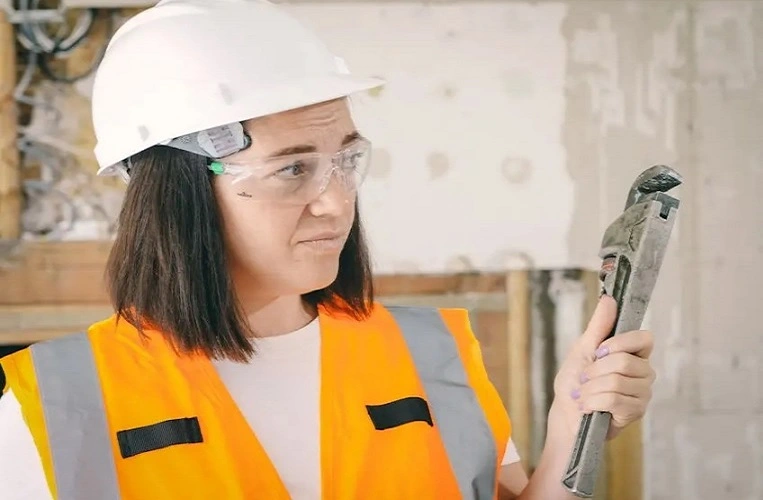The primary purpose of packaging is to protect and hold things. Nowadays, the packaging is increasingly influenced by convenience, especially when it comes to food and disposable items.
Packaging that is often used typically contains polyethylene. How the object will be disposed of after it is no longer helpful is not considered.
This product will probably end up in a landfill or, at the very minimum, in a low-value recycling stream that has been tainted with food.
Because they are created for the circular economy, biodegradable packaging materials are advantageous.
As nutrient-rich compost, biodegradable and compostable packaging made from plant-based renewable materials returns to the resource stream, enriching your soil and sequestering carbon from the atmosphere.
Food contamination makes it difficult to recover or recycle standard single-use food service products. Packaging and organic food waste can be disposed of in regular trash cans.
Compostable packaging lessens the environmental impact of organic waste that would otherwise be disposed of in a landfill. The food industry produces one million metric tonnes of organic waste in Australia alone.
Reduces organic emissions that contribute to global warming
Methane is released when organic garbage decomposes in landfills because of a lack of oxygen.
A country’s total output of gases from landfill would rank 3rd in this world after USA and China if methane were assessed in the same way as carbon dioxide.
In the fight against global warming, you must compost your food waste and biodegradable packaging together.
Composting removes carbon dioxide from the air and traps it in the soil as an additional benefit.
Deviate significantly from plastics and toward plant-based products for the future
Plant-based goods are renewable in addition to being biodegradable. For instance, sugarcane pulp is used to create bagasse, a byproduct of the sugarcane industry.
Before being recycled, composted, and returned to the earth, this material may be used in your food service business before being recycled.
Less reliance on foreign sources of energy
Fossil-based plastics are here to stay very long. No matter where they end up, whether, in a landfill or the ocean, these hazardous compounds are not readily degraded.
There is mounting evidence that plastics are present throughout your ecosystems and inside your bodies.
Biodegradable packaging is ideal for food service since it can be easily recycled.
The majority of the packaging used in the food-service industry is contaminated with food residues. This makes recycling difficult, if not impossible, for objects made of fibres.
Some people don’t even bother to separate the food trash from the packaging, which ends up in landfill. When food is served in biodegradable containers, everything may go in the same bin after the meal.
This increases the amount of food waste that may be collected and lowers the risk of contamination in other types of recycling.
Conclusion
The world’s ecosystems are being strained by pollution and overpopulation. According to surveys of biodiversity, one way you can assist in reestablishing the balance in your ecosystems is through composting.
A healthy circular economy relies on collecting and composting your organic waste. To ensure your future food supply, you need to combat soil erosion and the depletion of cropland.
Composting may help reverse this trend and produce a vital resource for sustainable agriculture. Compostable packaging is the future of the food service business since it may be used to decrease greenhouse gas emissions, promote soil health, or combat plastic pollution.




